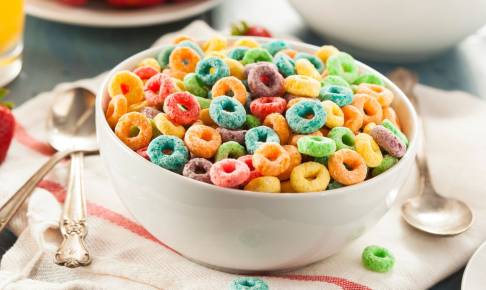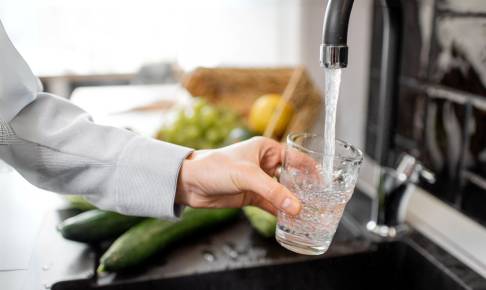Food safety NGO calls for reforming legislation to lower level of acrylamide in food
Safe Food Advocacy Europe, an NGO working with health and food safety, has raised alarming concerns regarding the current benchmark levels of acrylamide in food. The NGO calls for the reduction of these levels in certain types of food to better protect consumers' health, especially for children.
Acrylamide is a chemical compound that is formed from sugar and amino acids in food during high-temperature cooking processes. Acrylamide has been found in a variety of food products, such as biscuits, chips, crackers, cakes, and coffee. Numerous studies have shown the association between acrylamide in food and a high risk of developing cancer for consumers of all age groups.
In 2015, EFSA published its first full risk assessment of acrylamide in food, considering this substance to be a public health concern. Accordingly, the European Commission issued regulation 2017/2158, recommending to adopt practices that limit the formation of acrylamide and set benchmark levels for the food categories that were considered as at risk. However, surveys show that the level of acrylamide in hundreds of food products exceeds the benchmark levels, even up to 4-5 times in some products, according to cases reported to the EU Rapid Alert System by the Member States.
SAFE argues for the reduction of benchmark levels in certain food categories. For example, for crackers, the current level proposed by the Commission is 400 µg/kg, while SAFE calling for a benchmark level of 300 µg/kg. It is because foodstuff like crackers, vegetable crisps, biscuits, and wafers, although not always being marketed as children's food, they are often given to children and young toddlers. Therefore, “it seems clear that the proposed benchmark level and the maximum level of 500 µg/kg would hardly protect the young population from excessive acrylamide exposure”, SAFE noted. Similarly, SAFE calls for the establishment of maximum levels of acrylamide in vegetable crisps to be 500 μg/kg and a benchmark level far below, and a benchmark level of 300 μg/kg instead of 350 μg/kg for biscuits and wafers. They also call the Commission to introduce the maximum levels for other food categories such as dried fruits and roasted nuts.
Sources:






















